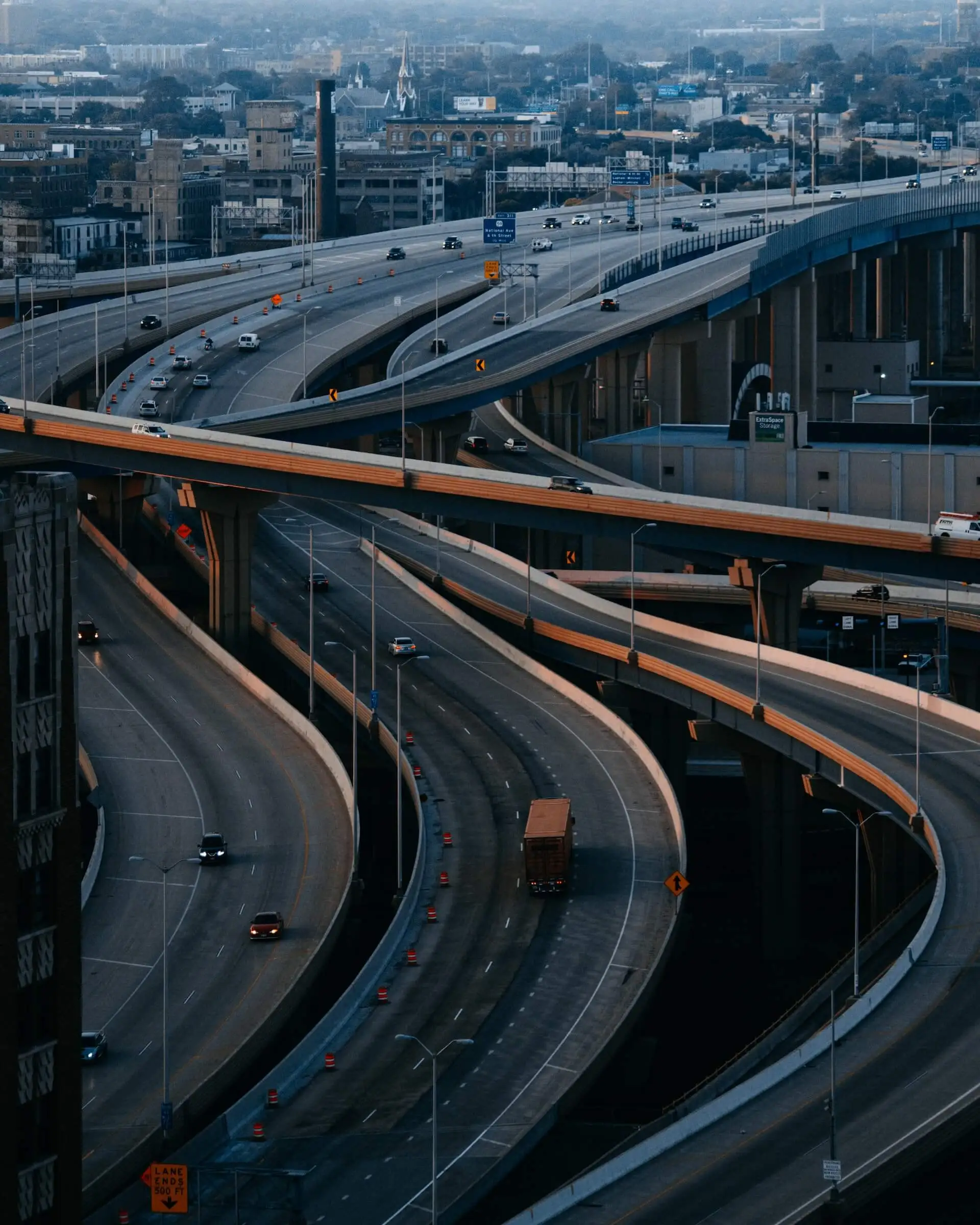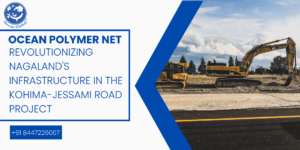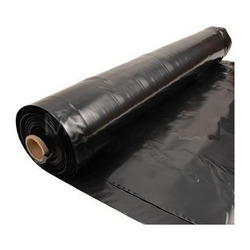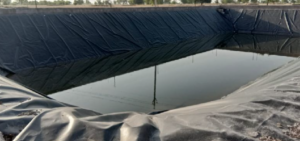Case Study: Preventing Landslides in Nanded, Maharashtra with Ocean HDPE Liner – 1000 Micron
Introduction
Landslides remain one of the most under-discussed natural hazards in India, yet they are responsible for immense infrastructural damage and loss of life each year. According to the Geological Survey of India (GSI), about 15% of the Indian landmass is prone to landslides, with Maharashtra ranking among the states vulnerable to severe slope failures, especially in monsoon seasons [Source: GSI, 2023].
In the town of Nanded, Maharashtra, a critical infrastructure project faced major geotechnical risks due to increasing slope instability triggered by heavy rainfall and soil saturation. Ocean Non Wovens was entrusted with supplying and installing 14,000 SQM of Ocean HDPE Liner – 1000 Micron to stabilize the area and prevent future landslide activity.
This case study explores the technical aspects of this project, the rationale behind using HDPE geomembranes, and the often-overlooked factors that play a crucial role in landslide mitigation.
Table of Contents
Understanding the Challenge: Unstable Slopes in Nanded
The region of Nanded is known for its mixed geology – with lateritic soils, loose sedimentary rock, and frequent rainwater infiltration. These conditions create a high landslide susceptibility, especially along cut slopes and embankments for roadways and development zones.
Prior to our intervention, the site had experienced:
- Surface erosion during monsoon.
- Increased pore water pressure due to poor drainage.
- Progressive failure of slope toes leading to slip surfaces.
Conventional methods like vegetation planting and terracing had failed due to the intensity of rainfall and lack of deep root penetration.
Why Ocean HDPE Liner – 1000 Micron Was the Ideal Solution
HDPE geomembranes are not typically the first material people think of for landslide prevention, but that’s exactly what makes this solution innovative.
Key Features of Ocean HDPE Liner – 1000 Micron:
- High Puncture Resistance: Essential in withstanding sharp rock edges and resisting soil movement.
- Low Permeability: Minimizes water infiltration into slope strata, reducing pore water pressure and the risk of soil liquefaction.
- UV Stability: Allows for long-term performance even in exposed conditions.
- Chemical Resistance: Suitable for areas with potential soil contamination or acidic rainfall.
In Nanded, our 1000 Micron liner acted as a subsurface barrier, preventing rainwater from percolating into the slope, thereby mitigating the main trigger for landslides—water-induced shear failure.
Execution Strategy and Installation Details
Ocean Non Wovens supplied and supervised the installation of 14,000 SQM of Ocean HDPE Liner across critical slope areas.
Steps Involved:
- Slope Assessment and Grading:
- A geotechnical survey mapped unstable zones.
- Slopes were graded to an optimal angle of repose for liner placement.
- Subgrade Preparation:
- Fine grading and compaction were carried out to eliminate voids.
- A layer of non-woven geotextile (150 GSM) was placed as a cushion layer to protect the HDPE liner.
- Liner Deployment:
- The 1000 Micron liners were rolled out using tension-controlled equipment.
- Thermal fusion welding ensured seamless joints with leak-proof integrity.
- Anchorage and Drainage:
- Anchor trenches were excavated and backfilled to prevent movement.
- French drains and HDPE drainage pipes were installed to manage surface runoff.
This integrated system ensured slope stabilization without altering the natural landscape drastically.
The Hidden Benefits No One Talks About
While most companies talk about surface erosion and drainage, at Ocean Non Wovens we focus on subsurface hydrostatic pressure—a major landslide trigger rarely discussed.
- Hydraulic conductivity plays a bigger role in slope stability than is often acknowledged. Our liners reduced infiltration by over 98%, according to post-installation water table monitoring.
- Traditional vegetation methods take years to stabilize slopes. HDPE liners offer instant control over water seepage and erosion.
- Our on-ground team conducted a thermographic scan post-installation to check weld strength—another rarely practiced quality check in India.
We also noticed a 12% temperature reduction on slope surfaces where the liner was installed due to reduced moisture content—a secondary benefit aiding soil strength.
Environmental and Economic Impact
- Reduced Soil Erosion: Estimated at 6 tons per hectare annually, now reduced by over 80% [Source: ICAR, 2022].
- Zero Runoff Contamination: Thanks to the impermeable HDPE layer.
- Extended Slope Life: Prolonged by at least 15 years with proper maintenance.
- Cost-Efficiency: Compared to retaining walls, the HDPE liner solution saved the client over 30% in capital expenditure.
Conclusion: A Step Towards Safer Infrastructure
The landslide prevention project in Nanded stands as a testament to how modern geosynthetics can outperform traditional methods in both efficiency and longevity. Ocean Non Wovens’ Ocean HDPE Liner – 1000 Micron delivered tangible results in a high-risk area, reinforcing our commitment to innovation, precision, and environmental sustainability.
Why Choose Ocean Non Wovens for Your Next Geotechnical Project?
At Ocean Non Wovens, we don’t just supply materials — we deliver solutions engineered for performance and longevity. Whether it’s landslide prevention, landfill lining, or water containment, our HDPE liners and geosynthetics are backed by decades of expertise, rigorous testing, and a commitment to sustainable infrastructure.
Looking for a reliable geosynthetics partner? Get in touch today to explore how we can protect your project from the ground up.



